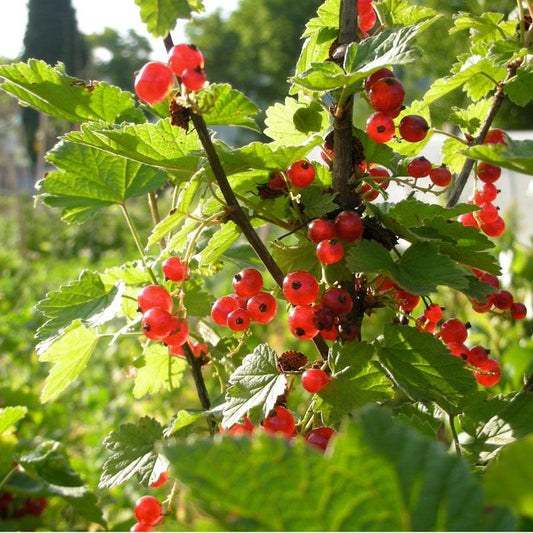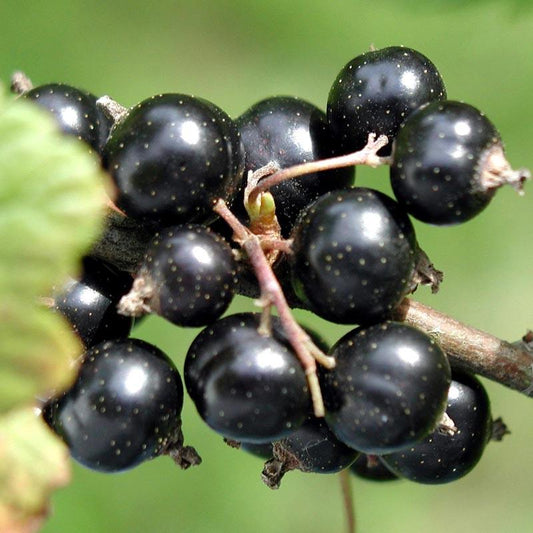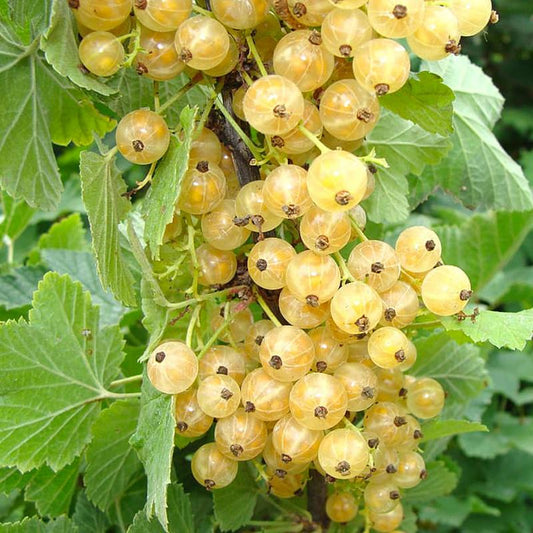Currants, the tart, and vibrant berries are a delightful addition to any garden. Easy to grow and bursting with flavor, they are a versatile ingredient that can elevate both sweet and savory dishes. In this article, we will delve into the world of currants, from their history to cultivation and culinary uses.
A Close Relative of Gooseberries
Currants belong to the same family as gooseberries and share some similarities in appearance and flavor. These small, round berries are known for their tartness and bright color, making them a popular choice for various culinary creations. Unlike many other fruits, currants are ready to harvest in early to mid-summer, offering an early taste of the season's bounty.
Culinary Delights with Currants
One of the remarkable aspects of currants is their versatility in the kitchen. The tartness of these berries lends itself well to a wide range of culinary applications. Here are some ways you can enjoy currants:
-
Preserves and Jellies: Currants are prized for making delicious cordials, jellies, and jams. Their natural tartness adds a unique flavor to these preserves, making them a favorite among home cooks and chefs alike.
-
Baking: Currants can be a delightful addition to baked goods. Whether you sprinkle them into muffins, scones, or cakes, their burst of flavor and bright color make for an inviting treat.
-
Drying: Similar to dried grapes (raisins), currants can be dried to create a nutritious snack or used as a versatile ingredient in various recipes.
-
Savory Dishes: Currants can be a surprising and delightful addition to savory dishes. They can be incorporated into sauces, stuffings, and salads, providing a sweet-tart contrast that elevates the overall flavor profile.
A Rich History
Currants have a storied history that stretches back centuries. They have been cultivated in Europe for generations, where the small, tart berries were used to make pies, jams, syrups, and even enjoyed as a wintertime treat when dried. In the 1600s, currants made their way to the Americas, quickly becoming a popular crop among farmers.
Today, currants are enjoyed worldwide. Whether eaten fresh, frozen, or transformed into jams and jellies, these berries continue to be a delightful way to savor the flavors of summer.
Cultivating Currants
Currants are a culinary treasure and a valuable addition to your garden. They are known for their longevity, deer resistance, and excellent winter hardiness. Additionally, currants can be trained as espaliers along fences, making them a space-efficient choice for gardeners.
When it comes to growing currants, they thrive in full sun, particularly in cooler, humid regions with ample summer rainfall. Ideal locations for currants include the Pacific Northwest, upper Midwest, and various other parts of the country. In hotter climates, providing some shade during the hottest part of the day can help currants flourish.
Currants are a delightful and versatile addition to any garden and kitchen. Their rich history, ease of cultivation, and ability to enhance a wide range of dishes make them a valuable ingredient for both home gardeners and culinary enthusiasts. Whether you're preserving summer flavors or experimenting with new recipes, currants are sure to add a burst of color and flavor to your culinary adventures.
 Sold out
Sold out Sold out
Sold out Sold out
Sold out


